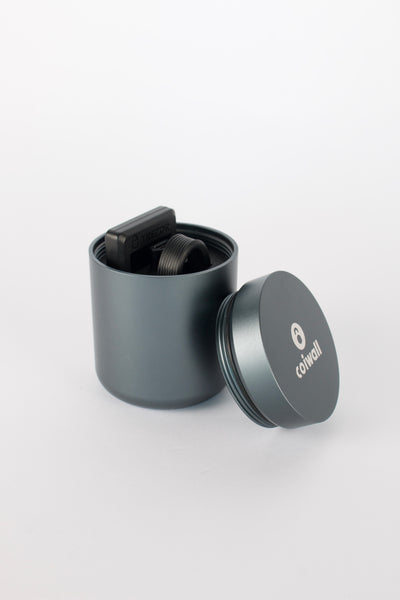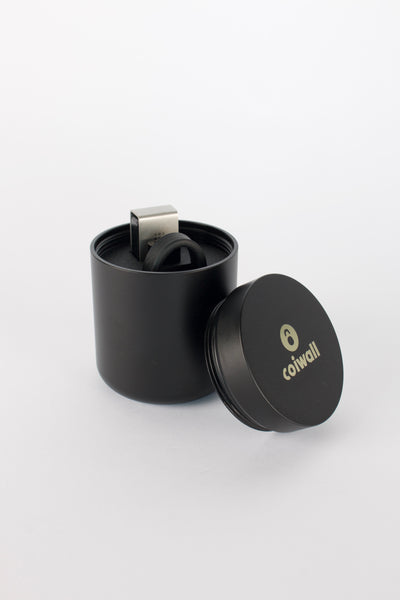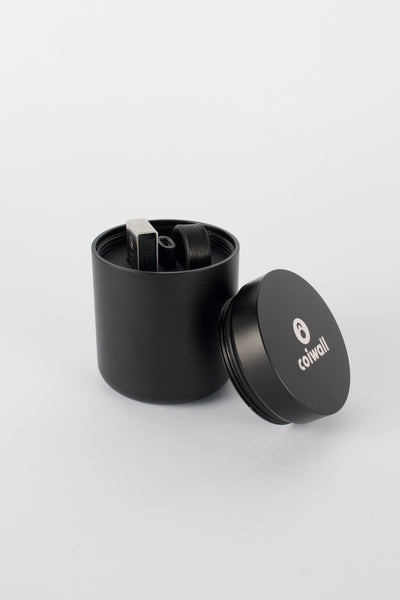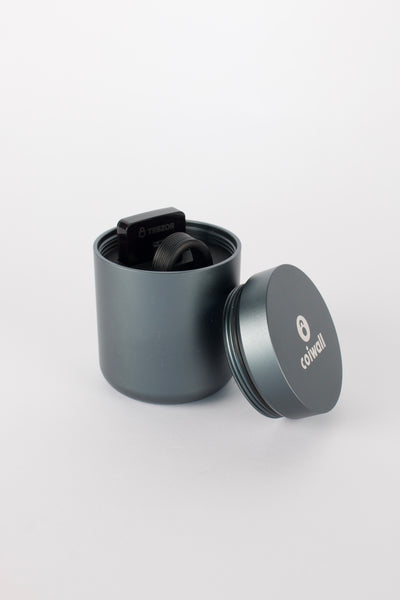Ever wondered why some traders seem to have an almost uncanny knack for predicting the real worth of an asset? Honestly, it’s not wizardry—it’s often the rigorous work of fundamental analysis at play. Let's go on a journey to untangle this approach. We’ll spotlight not only how it powers decisions in stocks and crypto, but also where hardware wallets like Trezor and Ledger quietly fit in the bigger picture. And if you like a bit of storytelling and relatable side notes, you’re in for a treat.
Setting the Stage: What Is Fundamental Analysis Anyway?
Picture this: you’re shopping at a flea market. You stumble on a dusty old painting. Is it a hidden masterpiece or just a pretty canvas? You’d want the story, right—the artist’s background, the era, the condition. That’s the essence of fundamental analysis. It’s how traders figure out if an asset is undervalued, overvalued, or just right, by digging deep into its underlying realities.
In the world of trading, this means peering into public data (think: financial statements, project roadmaps, team bios) and broader forces (like government policy or economic cycles). And it’s not just for Wall Street wizards. Crypto enthusiasts, retail investors—even your neighbor who won’t stop talking about Bitcoin—use these tools to make decisions that (hopefully) aren’t just guesses.
Inside the Toolbox: Key Ingredients of Fundamental Analysis
Let me break down the main parts:
- Economic Health: How’s the economy doing out there? Is inflation rising, are wages up, are regulations tightening? These currents shape the whole market’s mood.
- Industry Context: Is the sector thriving or tanking? For crypto, is the blockchain world seeing innovation, or is it mired in security scares and forks?
- Company or Project Fundamentals: Here’s where you get granular. For stocks, you’d look at revenue, profit margins, assets, debts. In crypto, think about active users, transaction speed, the founding team’s credibility, and yes, sometimes even developer activity on GitHub.
Want a concrete example from crypto? A project with a robust development team, transparent governance, and clear use case—plus actual users—will usually stand up better to scrutiny than a coin running on promises and memes. Now, that’s not to say meme coins don’t sometimes take the world by storm. But let’s not bet the farm, okay?
Top-Down, Bottom-Up: Two Sides, Same Coin
Traders often argue about which approach is king. The Top-Down crowd starts at the big picture (economy, regulations, sector dynamics), then zeroes into promising projects or companies. The Bottom-Up folks work the other way, hunting for hidden gems by analyzing individual companies first, then zooming out to see if the bigger picture helps or hurts their case. Both strategies have their moments—like two ways to solve a crossword puzzle, depending on which clues jump out first.
Valuation: Crunching the Numbers and Beyond
Here’s where things can get a bit technical (but stick with me). Analysts rely on metrics like the price-to-earnings ratio (P/E), dividend yield, or more nuanced models like discounted cash flow (DCF) for stocks. In the crypto sphere, these traditional metrics don’t always fit, so traders might look at network activity, token allocation, or the infamous “market cap.” Still with me? Good! Because honestly, these numbers matter, but not nearly as much as the story behind them.
How About Crypto? Connecting the Dots
Crypto adds its own flavor. Here, fundamental analysis veers away from quarterly earnings reports and leans into whitepapers, code audits, real-world partnerships, and crypto community sentiment. For example:
- Development activity: Is the project regularly updated, or did the GitHub go silent three winters ago?
- Token use case: Is it just a speculative chip, or does it actually grease the wheels of a functioning DApp or protocol?
- Security posture: How has the network survived hacks or volatility? (Let’s not forget crypto is full of stories where more was promised than delivered.)
Fundamental analysis for crypto is partly about numbers, but a healthy dose is reading the room—the forums, Reddit threads, Telegram groups—where sentiment and early warning signals often bubble up first.
Storing Value: So, Where Do Trezor and Ledger Fit?
You might be thinking: “Sure, I get how to spot a good asset, but what happens after I’ve made my choice?” That’s where security comes in. Stashing your crypto on a centralized exchange is sort of like keeping your family jewels at the neighborhood pawn shop—convenient but risky. Enter Trezor and Ledger, the heavyweights of hardware wallets.
Why does this matter for fundamental analysis? Because part of assessing an asset’s value is its security ecosystem. If a digital asset doesn’t have secure, user-friendly storage options, its long-term prospects take a nosedive. Bitcoin and Ethereum have robust wallet ecosystems (with Ledger and Trezor at the top), which factors into their “fundamental” value—not just for users, but for developers and institutional investors as well.
Putting It All Together: Common Pitfalls and a Few Streetwise Tips
Let’s not sugarcoat it—no analysis is perfect. Even the most well-researched predictions can go sideways if, say, a whale wakes up and dumps a mountain of tokens or a government slams on regulatory brakes. And here’s a fun twist: sometimes, an asset looks fundamentally sound on paper, yet fails to ignite the market’s imagination.
So, what’s a trader (or crypto hobbyist) to do?
- Think of analysis as a toolkit, not a crystal ball. Use a blend of approaches—sometimes that “gut feeling” is worth investigating, not just ignoring.
- Stay humble, stay curious: markets change, narratives shift, and yesterday’s sure thing can become tomorrow’s trivia.
- Remember storage and security. A sound asset is only as valuable as your ability to keep it safe.
Why It All Matters: Beyond the Numbers
At its core, fundamental analysis is an ongoing conversation—a mix of numbers, trends, gut checks, and honest self-reflection. It demands you keep one eye on the data and the other on the world that shapes it. Whether you’re sifting through an S&P 500 annual report or scrolling through a crypto project’s latest Discord AMA, you’re piecing together a puzzle that’s as much art as science.
In the end, the best traders don’t just crunch numbers—they ask tough questions, factor in human behavior, and stay ready for surprises. And you know what? Sometimes, that’s all any of us can do.
If you’re looking to up your trading game—whether it’s stocks, crypto, or the latest DeFi darling—remember this: The story behind the asset matters just as much as the numbers on the chart. And, please, get yourself a safe wallet. Your future self will thank you.











